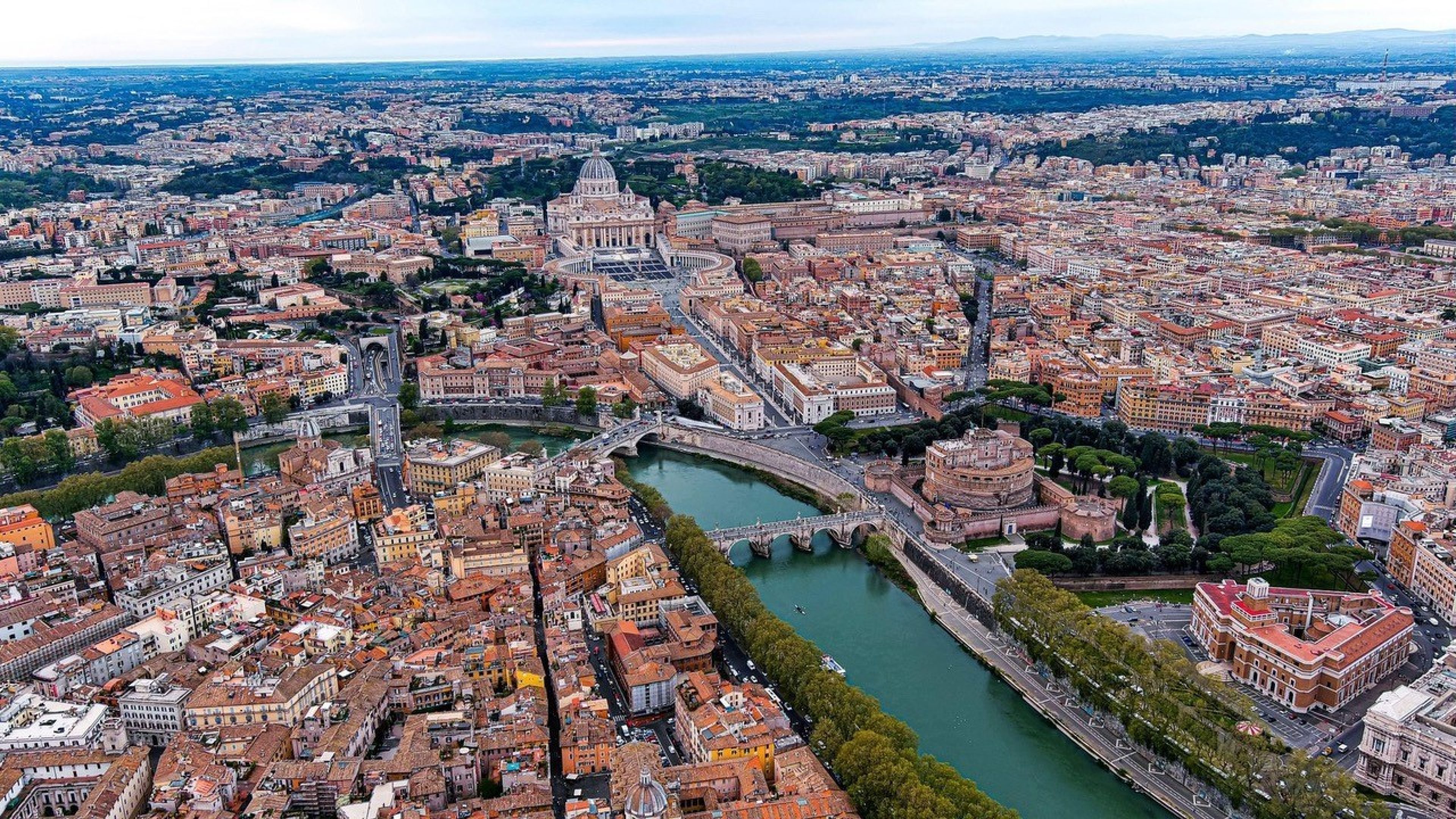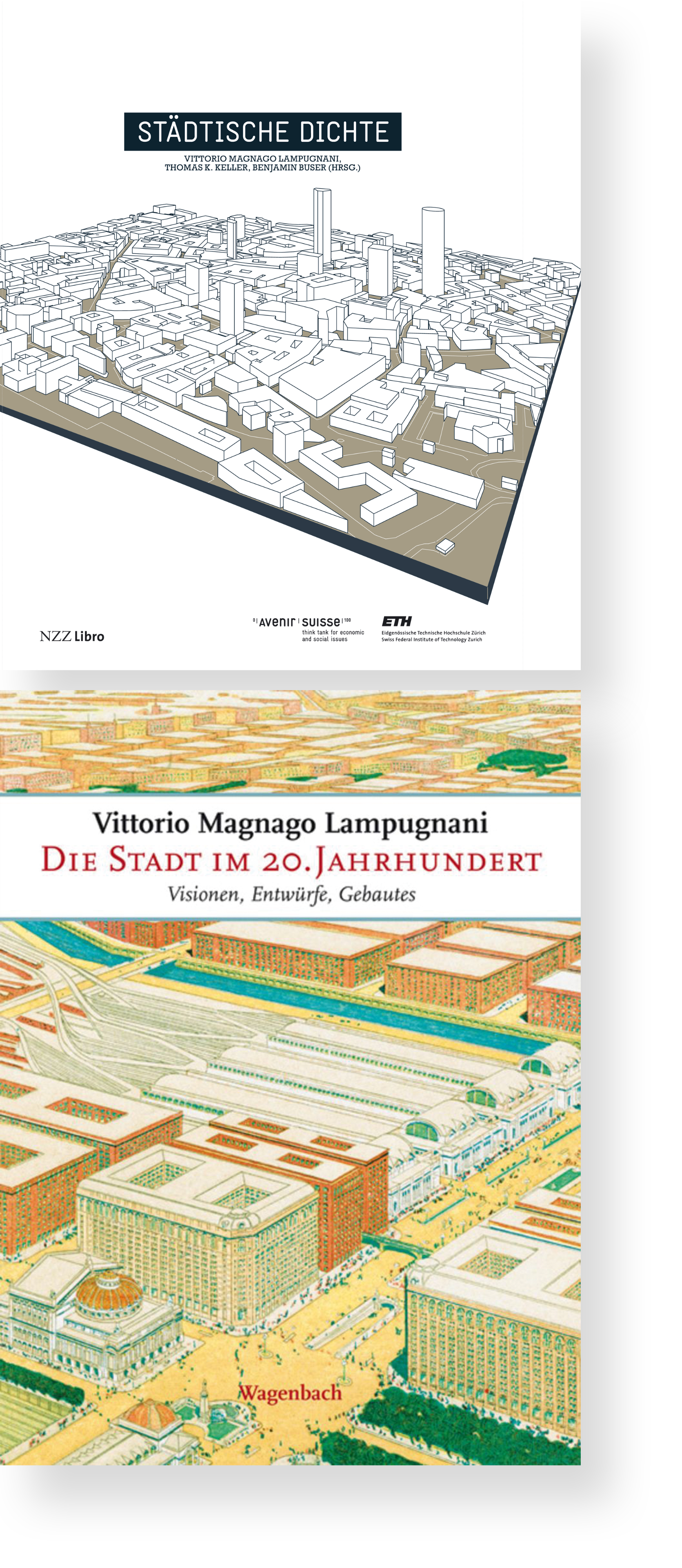There is no alternative to densification, says urban scholar and forward thinker Vittorio Magnago Lampugnani. He is calling for the building of urban neighbourhoods rather than dormitory settlements. And he is in favour of less regulation and more tolerance among neighbours.
Mr. Lampugnani, back in 1950 just under a third of the world’s population lived in cities. Today it is more than half, and by 2050 it will be almost 70 percent according to UN forecasts. What makes the city so attractive?
Cities were created to bring people together, protect them and enable them to work together and be productive. Also and foremost, to help them enter into a dialogue with each other and to respond to their purpose as social beings. That is why the city is probably humanity’s best invention in the last 10 000 years.
Since 2007 at the latest, when your book “Urban Density” was published, you have been advocating the internal densification of cities. Why is that?
Because we have no alternative. Urban sprawl – and with it the destruction of the countryside – has grown to enormous proportions. It has to stop. If we continue like this, we will destroy the basis of our life. We should only build where there are already buildings – and densify if necessary.
Aren’t densely populated cities cramped and uncomfortable for their residents?
Do you find the historical centre of Rome or medieval Siena unattractive? At the time, buildings were constructed very close together, there were hardly any gardens, and there was not much space left for streets and public spaces. On the other side, the streets and squares that existed were particularly beautiful. Or take urban development in the 19th century, when many European cities were greatly expanded and densified in a short period of time, be it Paris, Berlin, Barcelona, Milan or Zurich. New, compact urban districts emerged, and they are still extremely sought-after today – not least because they offer short distances and save us valuable time, which makes us more self-determined. So densification per se is not a bad thing. It depends on how it is implemented in terms of urban planning and architecture.
Unlike in the 19th century, there are hardly any undeveloped spaces left in urban areas. So does densification today mean building as high as possible?
High-rise buildings are certainly one solution, but I do not consider them ideal. They allow a large concentration of apartments, but they also need a lot of distance from the neighbouring buildings in order not to overshadow them. Our studies have shown that the highest density is achieved by block perimeter developments with five to eight storeys. But the question is not just density. The question is high-quality density.
What do you mean by high-quality density?
We need to create the conditions for pleasant urban living by building urban districts rather than dormitory settlements. Not loveless, strung-together rows of houses with dreary green spacing strips, but houses that interrelate in such a way that they create beautiful, useful spaces. High-quality densification also means preserving the existing building fabric as far as possible and using durable materials for new-builds. And of course, good densification means not only high construction density, but also high occupancy density.

"Do you find the historical centre of Rome unattractive?" Vittorio Magnago Lampugnani
In what sense?
There is no point in tearing down houses and building more densely only to house the same number of people as before because the new apartments are larger . On average, we now use twice the floorspace than we did a hundred years ago. This standard is excessive. It makes a significant contribution to the shortage of affordable housing.
Does densification inevitably lead to gentrification, as its critics say?
It depends on what your aim is. If you densify wisely with the aim of making the city better, then you can develop lively neighbourhoods with workspaces, schools, shops, pubs, and beautiful squares and apartments for people in all income classes. The value of an apartment depends not only on its spaces and finishings, but also and above all on its surroundings. Smart investors have long recognised this. For major projects, they aim for a balanced mix of high-priced apartments and affordable living space. They also promote value-retaining, energy-optimised buildings.
We are now experiencing a paradoxical situation in many places. While urban housing is becoming increasingly scarce, building regulations are making densification more and more difficult.
I am not opposed to rules. They are important in order to regulate our coexistence. But building regulations can be very complicated, and many of them date from the past time of unrestricted growth. The Noise Abatement Ordinance, for example, sets standards that are appropriate in the countryside but not in the city. They force the apartments to be turned away from the street, which contradicts any urban architecture and restricts densification. Today we want it all – lively urban living and total tranquillity. This does not work. We have to make a decision.
Where do you see the greatest potential for densification?
In the suburbs. The compact inner cities are more or less completely built and they work. But there is still room in the suburbs and a great need for action. Suburban space today is a confusing mix of groups of single-family homes, allotments, office buildings and vacant or converted factories. It needs to be redesigned. New urban neighbourhoods with a balanced density and a high quality of life could be created here.
Will the city remain attractive in the future? Despite the experience of the pandemic? Despite the advancing digitalisation and the increase in working from home?
If we were to abandon our idea of urban density and urban living, it would be devastating, and not only for the environment and the planet. We would lose the foundations of our modern collective life, and thus our understanding of community and culture.

Vittorio Magnago Lampugnani
Vittorio Magnago Lampugnani (b. 1951) is one of the world’s leading urban scientists. After positions in Stuttgart, Harvard, Berlin and Frankfurt, he taught as Professor of the History of Urban Design at ETH Zurich until 2016. Between 1986 and 1996 he edited the magazine Domus, and from 1990 to 1994 he was Director of the Deutsches Architektur-Museum in Frankfurt am Main. He runs his own architectural practice in Milan and, together with his partner Jens Bohm, Baukontor Architekten in Zurich. Lampugnani has implemented numerous real estate projects in various European countries, including the Novartis Campus Research and Administration Centre in Basel, the Mergellina metro station in Naples and the Richti district in Wallisellen. He has also written numerous books, including the standard works “Städtische Dichte” (Urban Density) (NZZ Libro) and “Die Stadt im 20. Jahrhundert” (The City in the 20th Century) (Verlag Wagenbach). His last English publication is “A Radical Normal. Propositions for the Architecture of the City” (DOM publishers).





